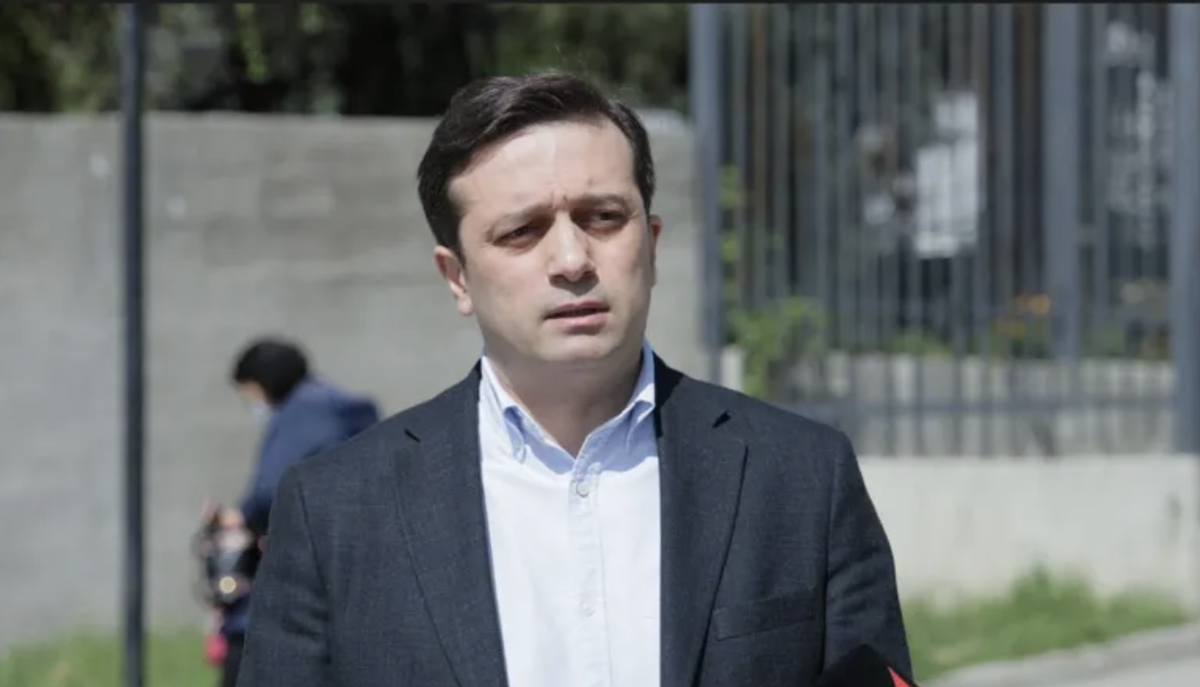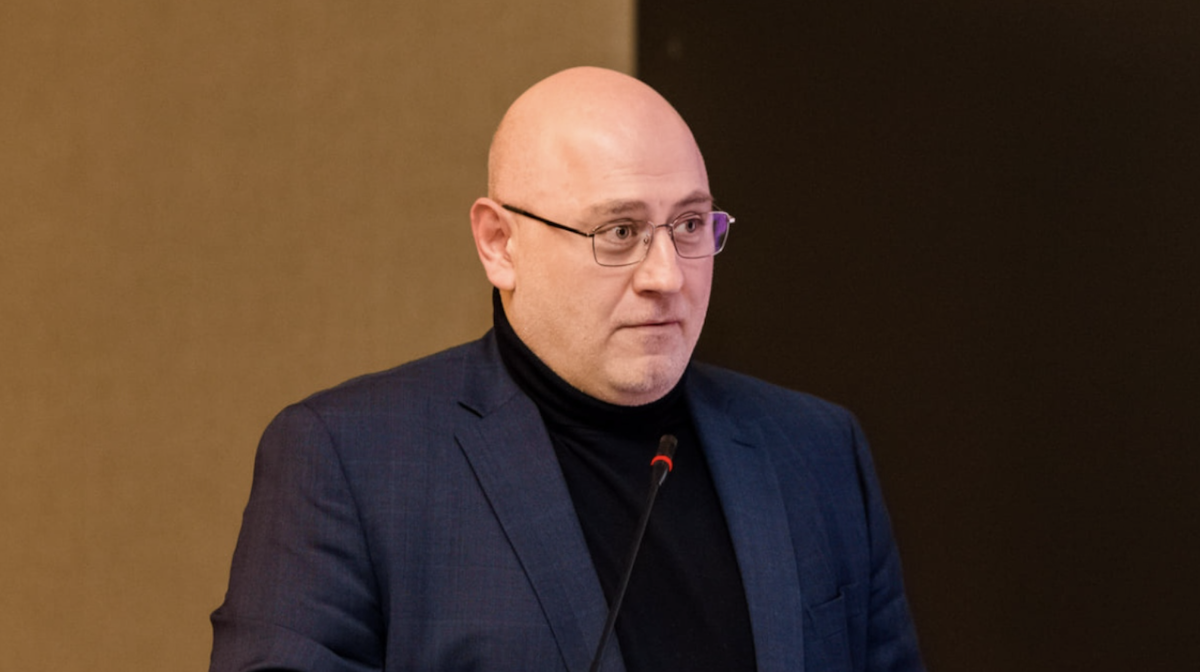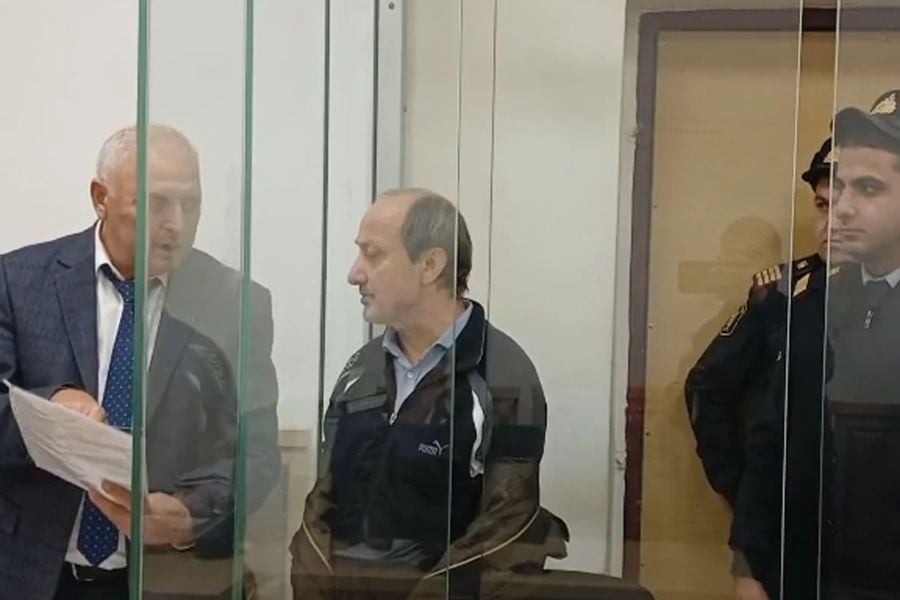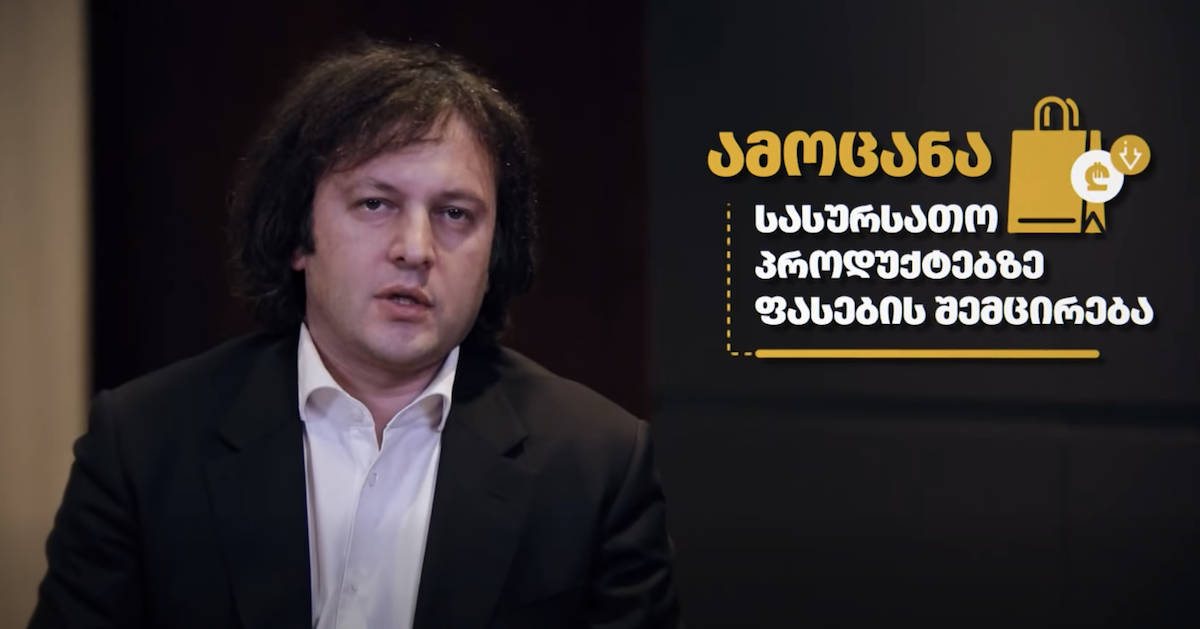Peace on paper, war in Karabakh – Armenian experts on why the armistice isn’t working
The humanitarian armistice signed by the heads of the ministries of foreign affairs of Armenia and Azerbaijan came into force on 10 October. It sets forth an exchange of fallen soldiers and prisoners of war. Accordingly, Yerevan and Baku are required to, first of all, stop all military activities and allow representatives from the International Red Cross to carry out their work.
However, the situation remains tense, and not just on the frontlines. Civilians remain in the line of fire. Armenian experts weigh in on why the armistice is not working, who can influence the situation, and whether peace talks are possible at this point.
• Op-Ed from Yerevan: what to expect after the ceasefire in Karabakh
• Life under constant fire. A story from Stepanakert with photos
• Is it possible to cut the ‘Karabakh knot’ by force?
The situation at the front
The time of the armistice coming into force was awaited with tension and skepticism in Armenia and Karabakh.
A slight hope still remained that somehow the fragile peace might be maintained and the truce would be followed.
It was clear from the very first minutes, however, that it would only be a paper truce, and, without any way to verify that the truce had been broken, both sides would be able to blame the other with no repercussions.
On October 13 military activities on the front started to intensify in different directions. While fighting was confined to the village of Hadrut and the surrounding area on the 10th, later artillery strikes were directed towards the north and south as well.
Armenia maintains that the Azerbaijani armed forces will try to take Hadrut by any means necessary, which Ilham Aliyev had spoken on earlier. The Karabakh Defence Army states in response that the city is fully under their control.
Views on agreeing to the armistice in Armenia
Tatul Akopyan, an expert on the Karabakh conflict, is sceptical that the truce will be maintained, but still believes that Armenia acted correctly in signing the agreement.
“The document lets us complete the humanitarian exchange of bodies, catch our breath, and figure out what to do next. It is not a ceasefire. The document itself uses undiplomatic language to say that we are giving you a short break to exchange bodies. Which means that afterwards, military activities may start again. That happened multiple times in the 90s. We might even consider it the countdown to a new war”.
The government of the unrecognised republic of Nagorno-Karabakh also recognizes that the situation remains serious. The military is still active in Armenia, and the process of mobilisation continues. At the same time, agitation to recognize the independence of the republic is constant in the country.
The government of Armenia sees that possibility. They suggest that the international community could recognize the status of Karabakh as a solution to the situation.
“The international community is taking the situation seriously. Otherwise we could be facing a third world war. I have said it before and will repeat it now. If the international community, and Europe in particular, do not react in the right way, then they should expect Turkey outside the walls of Vienna in the near future”, said Nikol Pashinyan, Prime Minister of Armenia.
Who can influence the situation?
From the beginning the Armenian public has expected Russia’s active participation in dealing with the situation. This expectation is bolstered by previous experience, as well as by their confidence that Moscow has the resources to influence the conflict.
Ankara has been strengthening its position and influence as much as it can for the entire 30 years of the Karabakh conflict. The government of Armenia has spoken about the active participation of the military leadership of Turkey in military activities.
«90 percent of those serving to force Azerbaijan to peace in this issue belong to the army of Artsakh. The remaining 10 percent are outside players. We have seen that the main players are Russia and Turkey, whether they like it or not. Turkey, luckily enough, was not involved in the process of any documents that may be discussed. The major role was played by Russia.
I believe that Russia will be the one to force one of the sides into peace. Russia got peace in 1994. They initiated the regulatory documents in 1995. In 2016 (he is speaking about the escalation of the conflict called the “four-day war” or the “April war” – JAMnews), Russia forced both sides to return to ceasefire”, said Tatul Akopyan.
The scale of the conflict
Since the first day Armenian military experts have been comparing the current escalation in Karabakh with the 2016 “April War”. This time, however, the scale, the number of soldiers, and the level of military technology involved is almost incomparable. Former Armenian Minister of Defence, Seyran Oganyan, believes that Baku is approaching the issue basically.
«The Azerbaijani army has used all the weapons in their arsenal, and all their forces in every file and formation, both first line and reserves. The Azerbaijani army’s task was to make a tactical advance 10-15 km into the army’s defences as a show of force to be able to use more coercive language with Armenia and Artsakh in the upcoming peace talks”.
The losses also indicate how much these military activities exceed the previous ones. Azerbaijan does not publish data on their military casualties. Armenia has stated that more than 500 soldiers have lost their lives, and that number is regularly updated.
“The scale is not comparable to that of 2016 or the 90s. In the 90s the Armenians lost 6000 people in 1000 days of fighting. Now we can count how many we lose in a day. We can also count the technology that is being used now. This is a brutal, bloody war, without any rules”, said Tatul Akopyan.
Are peace talks possible under these conditions?
The peace process for the Karabakh conflict came to a halt after the escalation in 2016. Both sides met each other for talks with the ministers of foreign affairs and the heads of government, multiple times. But nothing came of it, since there was no real talk about concrete documents.
Peace need a firm base and avoidance of military rhetoric, as Yerevan has stated many times. It would be especially difficult to propose real talks in the current circumstances, believes Akopyan.
“In the current circumstances I would not suggest returning to the peace process. In this euphoria of the two republics and Artsakh I would not suggest returning to the peace talk process. The peace talk process loves not only confidentiality, but also “peaceful” conditions so that leaders can get into deep discussions.
In these conditions there should be pressure on both sides to not start shooting again. And military rhetoric has to be silenced. Until that happens, it’s hard to talk about peace talks. Maybe real talks could help avoid any more bloodshed”.


















